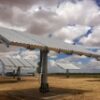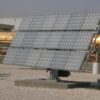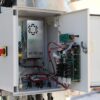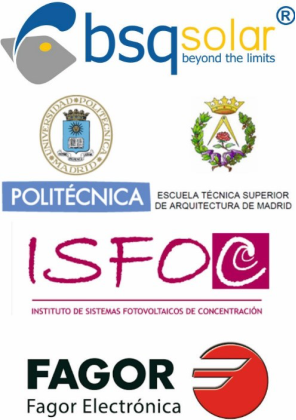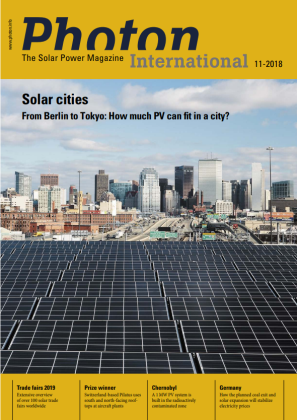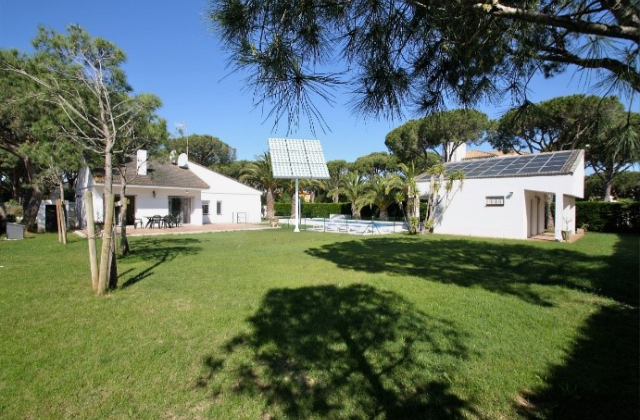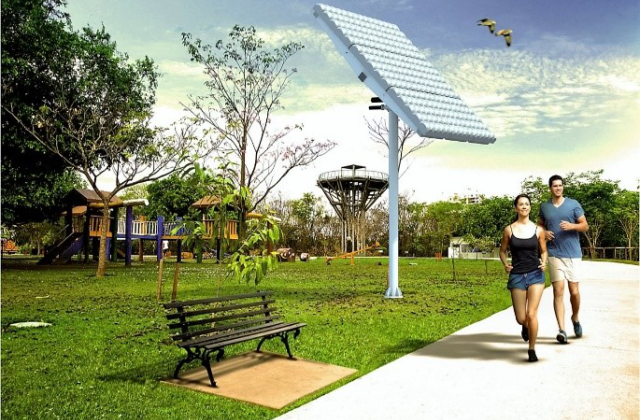Cities need to accelerate the uptake of renewables and sustainable transport to meet their rising energy needs, maintain a healthy living and avoid climate change. The combination of PV and e-vehicles (EV) are proving to be the most effective tools for this transition.
However, cities are densely populated and available solar energy collecting surface per capita is small. The November Issue of the reference magazine of the PV Industry, Photon International, presents an analysis of a wide set of world cities in all continents, confirming that in all cases, useful rooftop surface for PV installations cannot cover their present electricity demand, which on the other hand is set to increase in the coming years, with the foreseen transition to electric mobility and heating.
Solar is a ubiquitous but a relatively low density source of energy, therefore tapping it in per capita surface-scarce locations such as cities, requires the highest possible photovoltaic conversion efficiency. High Concentration Photovoltaics (HCPV) is presently the source of solar electricity with the highest conversion efficiency, that already doubles that of conventional silicon based photovoltaics and increases its efficiency by 1% annually. However, HCPV developments have usually been targeting the market of large scale solar plants, and only seldom that of urban PV applications.
The purpose of project PowerTree is the development of a system for the distributed urban markets, suitable for commercial, industrial or residential applications as well as new urban developments, that being based on HCPV will provide the highest energy density of all presently available solutions and becomes especially competitive in the solar rich regions of the world. This system will encompass (i) a high concentration photovoltaics (HCPV) power source, (ii) electricity storage, (iii) charging equipment for electric vehicles (EVs) and (iv) all the balance of system (BOS) required for this integration, including the electronic unit to centralize the management of its different elements, the Electronic Management Unit (EMU).
Regarding the HCPV power source, an alternative and complementary proposal to rooftop PV will be developed. Rooftop PV installations are frequently inefficient or unfeasible. Not all homeowners live in single-family detached homes with access to flat or tilted roofs or these roofs may not be optimally oriented, or they may be strongly shaded, or if flat, (the most common case in high DNI regions) the owner may not want to lose this useful space and have it crammed with PV panels.
Within project PowerTree a ground based high efficiency HCPV generator will be developed to provide the following competitive advantages with respect to conventional rooftop installations:
- Up to 70% more energy production (kWh/kWp) in highly irradiated locations
- Up to 4X more energy produced per unit of sun collecting surface (kWh/m2)
- Least installation footprint when based on high pedestal trackers that avoid interference with people or traffic underneath and presenting the same volume occupation as a regular tree.
- Same installed price
- Better matching of a household’s load thus allowing less electricity storage requirements
- Less costly cleaning and maintenance than rooftop installation
Especial attention will be devoted to the architectural quality of the outcome seeking for an urban friendly design both aesthetically and functionally.
The project is partly funded by the RETOS grant program for R&D projects by the Spanish Ministry of Science, Innovation and Universities.
It will be carried out by a consortium led by BSQ Solar and having as partners the School of Architecture of Polytechnic University of Madrid (ETSAM-UPM), the Institute for CPV Systems in Puertollano (ISFOC) and the electronics manufacturer Fagor Eléctrónica.


